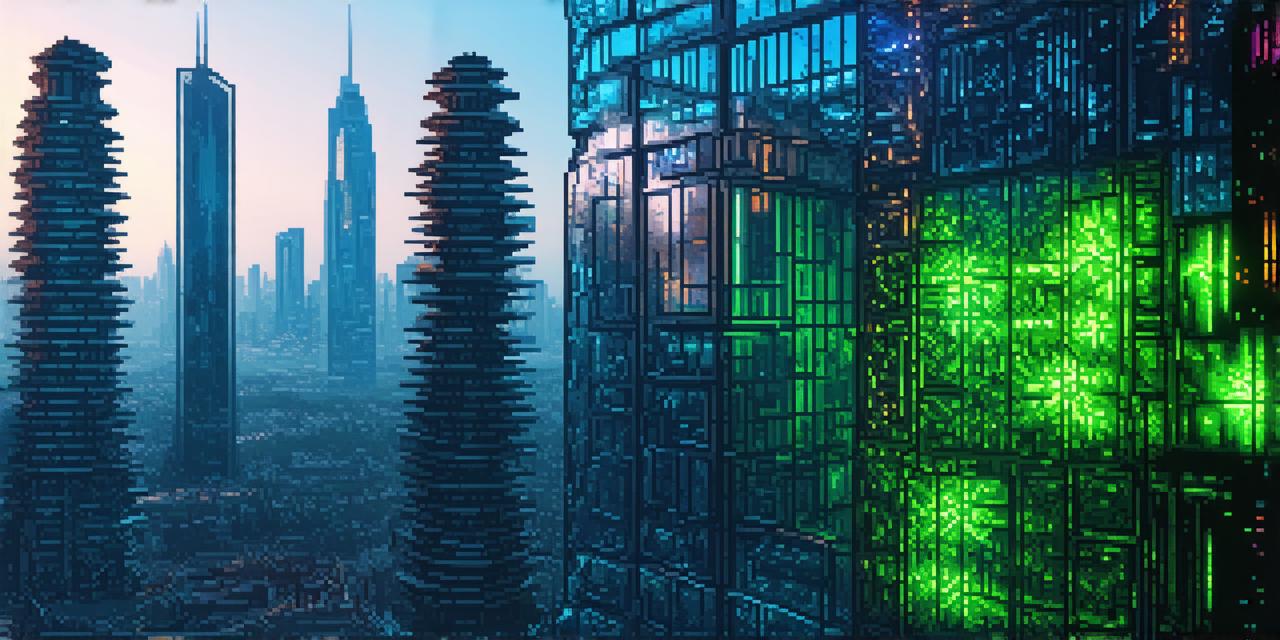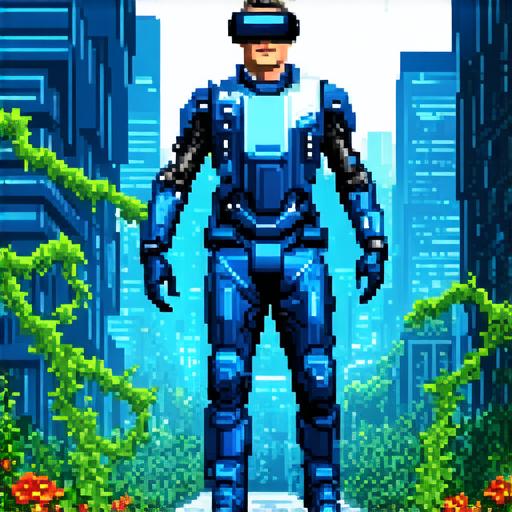
Why virtual reality is the future
What is Virtual Reality?
Virtual reality is a computer-generated simulation of a 3D environment that can be interacted with and explored by a user using specialized VR devices, such as headsets or gloves equipped with sensors. These devices track the movements of the user, allowing them to feel as though they are physically present in the simulated environment.
Virtual reality has been used in a variety of fields, including gaming, education, healthcare, and more. The technology offers the potential for highly immersive experiences that can be difficult or impossible to replicate in real life, making it an attractive option for a wide range of applications.
The Benefits of Virtual Reality
Virtual reality technology offers numerous benefits that make it an attractive option for developers looking to create innovative new experiences. Here are just a few examples:
- Immersive Experiences
One of the most obvious benefits of virtual reality is the ability to create highly immersive experiences. By simulating a 3D environment, VR technology allows users to feel as though they are physically present in that environment. This can be particularly useful in fields such as education, where students can explore complex concepts and ideas in a safe and controlled environment.2. Enhanced Learning and Training
Virtual reality technology can also be used to enhance learning and training experiences. By simulating real-world scenarios, VR can help individuals develop the skills and knowledge they need to succeed in their chosen fields. For example, medical students can use VR simulations to practice surgeries and emergency procedures, while military personnel can use VR to simulate battlefield situations.
3. Increased Engagement
Virtual reality technology is highly engaging, which makes it an attractive option for developers looking to create experiences that will capture the attention of their users. By offering a highly immersive and interactive experience, VR can help increase user engagement and retention.
- Cost-Effective
Virtual reality technology can also be cost-effective in the long run. While the initial investment in VR equipment can be high, the ability to create simulations that would otherwise be difficult or impossible to replicate in real life can save money in the long run.5. Accessibility
Virtual reality technology is accessible to a wide range of users, regardless of their physical abilities or location. By offering a virtual environment that can be accessed from anywhere with an internet connection, VR can help bridge the gap between individuals who may not have access to traditional forms of entertainment or education.
Case Studies and Personal Experiences
There are numerous examples of how virtual reality technology has been successfully used in various fields. Here are just a few:
- Gaming
Virtual reality gaming is one of the most well-known applications for VR technology. By offering highly immersive and interactive experiences, VR games can provide a level of engagement that traditional console games simply cannot match. For example, the popular game "Beat Saber" uses VR to allow players to slice through blocks with lightsabers, creating a highly engaging and immersive experience.2. Education
Virtual reality technology has also been successfully used in education. By providing a safe and controlled environment for students to explore complex concepts and ideas, VR can help students develop a deeper understanding of the subject matter. For example, the University of California, Irvine uses VR simulations to teach medical students about human anatomy.
3. Healthcare
Virtual reality technology has also been used in healthcare to simulate real-world scenarios and improve patient outcomes. By providing a safe environment for patients to practice procedures and develop skills, VR can reduce the risk of complications and improve overall patient satisfaction. For example, the Cleveland Clinic uses VR simulations to train surgeons on complex procedures, reducing the need for costly and time-consuming in-person training.
4. Architecture
Virtual reality technology has also been used in architecture to create immersive experiences that allow clients to visualize projects in a realistic 3D environment. By providing a safe and controlled environment for architects to test designs and make changes, VR can help reduce costs and improve overall project outcomes. For example, the firm Foster + Partners uses VR technology to design and test large-scale projects such as the Burj Khalifa in Dubai.
5. Personal Experiences

Personal experiences with virtual reality can be life-changing. As a developer, you have the opportunity to create immersive experiences that


